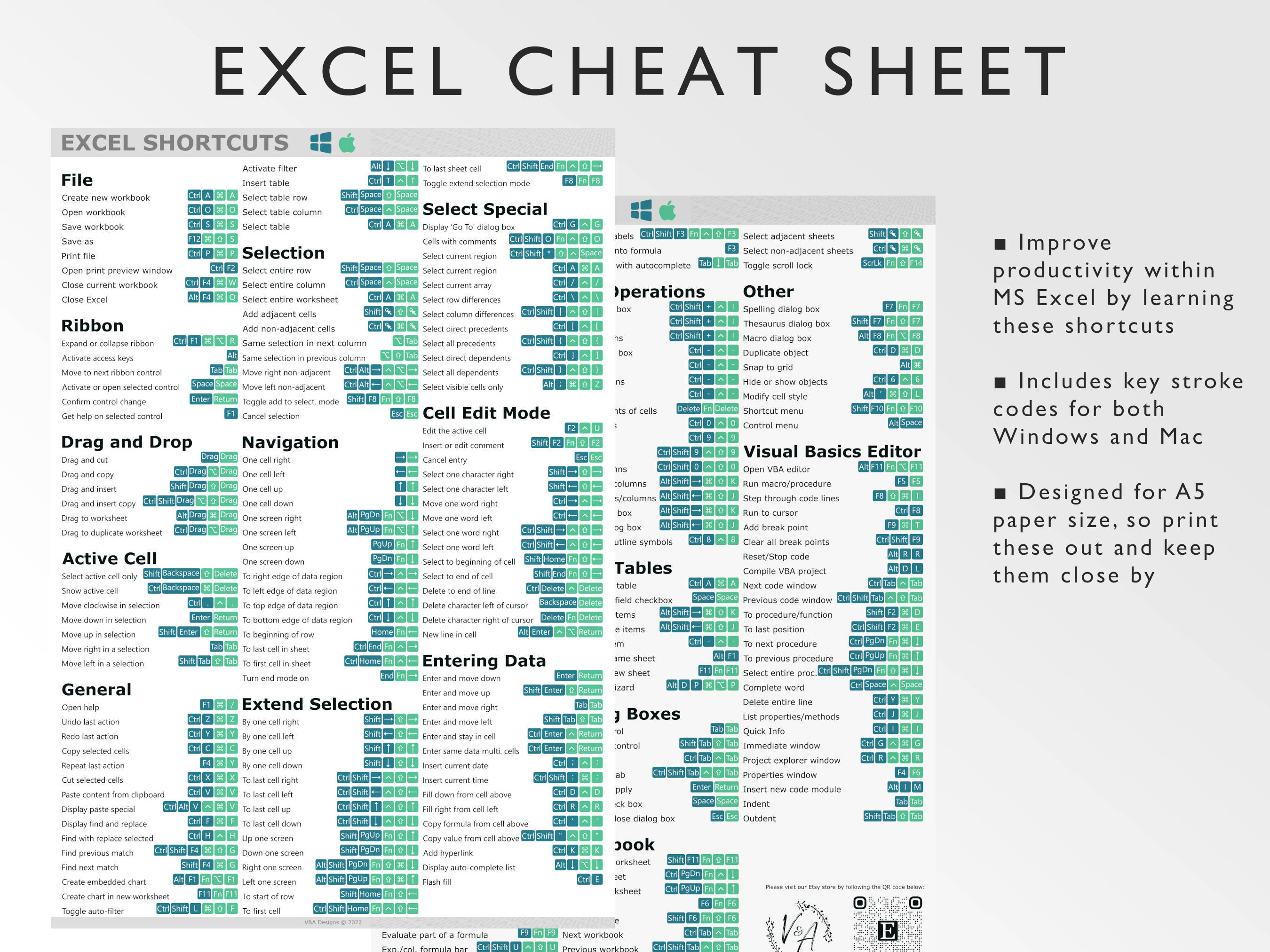Cropping Excel in Word: A Simple Guide

When you're working with documents, integrating spreadsheets into your reports or documents can be a common requirement. While Microsoft Excel and Microsoft Word are separate applications, they work very well together, allowing you to manipulate your data presentation effortlessly. This guide will walk you through the straightforward process of cropping Excel in Word, providing you with the knowledge to enhance your documents with clean, professional-looking data visuals.
Why Crop Excel in Word?

Before diving into the 'how', let's briefly explore the 'why'.
- Data Presentation: Sometimes, you only need to showcase a specific part of your spreadsheet for clarity or space constraints.
- Professionalism: Cropping Excel data can make your documents look cleaner and more focused.
- Space Utilization: When you have limited space in a document, cropping allows you to fit the relevant data without overwhelming the page.
The Process of Cropping Excel in Word

To crop an Excel worksheet in Word, follow these steps:
Step 1: Open Your Excel File

- Open Microsoft Excel and load the file containing the worksheet you want to crop.

Step 2: Copy the Worksheet

- Select the portion of the worksheet you want to appear in your Word document.
- Press Ctrl + C or right-click and choose “Copy” to copy the selected area.
Step 3: Insert Into Word Document

- Open your Word document.
- Place your cursor where you want to insert the Excel data.
- Press Ctrl + V or right-click and choose “Paste” to insert the copied cells.

Step 4: Adjust the Table

- Your Excel data now appears as a table in Word. Click on the table to make the table resizing handles visible.
- Use these handles to adjust the table’s size to fit your document’s layout.
Step 5: Cropping the Table

- Select the table. You’ll notice a green border when selected.
- Go to the “Table Tools” ribbon, which appears when you select the table, then click on the “Layout” tab.
- Click on “View Gridlines” to ensure you can see the edges of your table cells clearly.
- Select the cells you want to crop out (not to appear in Word).
- Press Delete to remove these cells, which effectively crops the table.
⚠️ Note: Deleting cells in Word does not affect the original Excel file. If you need to show different portions later, you'll have to copy and paste from Excel again.
Table Adjustment Tips

| Action | Description |
|---|---|
| Merging Cells | To combine cells for a header or to make the data more legible, select cells and use the "Merge Cells" option from the "Layout" tab. |
| Split Cells | If you've merged cells and need to revert, select the cell and use "Split Cells". |
| Adjust Cell Height and Width | Manual resizing is possible, but you can also use the "Table Properties" to set exact measurements. |
| Add or Remove Borders | You can tweak the table's appearance by removing or customizing borders from the "Design" tab. |

💡 Note: To keep your table from breaking awkwardly across pages, consider adjusting the table properties to allow for row breaks between pages or keep the table on one page.
Now that we've covered the technical steps, it's important to address some common concerns and enhance your understanding:
Can I edit the Excel data directly in Word?

+
You can double-click on a cell in the pasted table in Word to edit data. However, changes made in Word will not update the original Excel file. For substantial edits, it's recommended to return to Excel.
How do I ensure my Excel data stays up to date in Word?

+
Link your Excel data when inserting into Word by using "Paste Link". This ensures that any updates in Excel automatically reflect in your Word document.
What if I need to paste multiple spreadsheets?

+
You can repeat the process for each sheet, or if the sheets are on different tabs, copy each tab and paste them as separate tables in your Word document.
By integrating Excel spreadsheets into your Word documents and mastering the art of cropping, you’ve gained a powerful tool for presenting data in a professional manner. Whether you’re compiling reports, creating presentations, or documenting procedures, this skill will make your documents more concise and visually appealing. With these straightforward steps, you’re now well-equipped to ensure that your documents always present the most relevant data in the clearest possible way.



